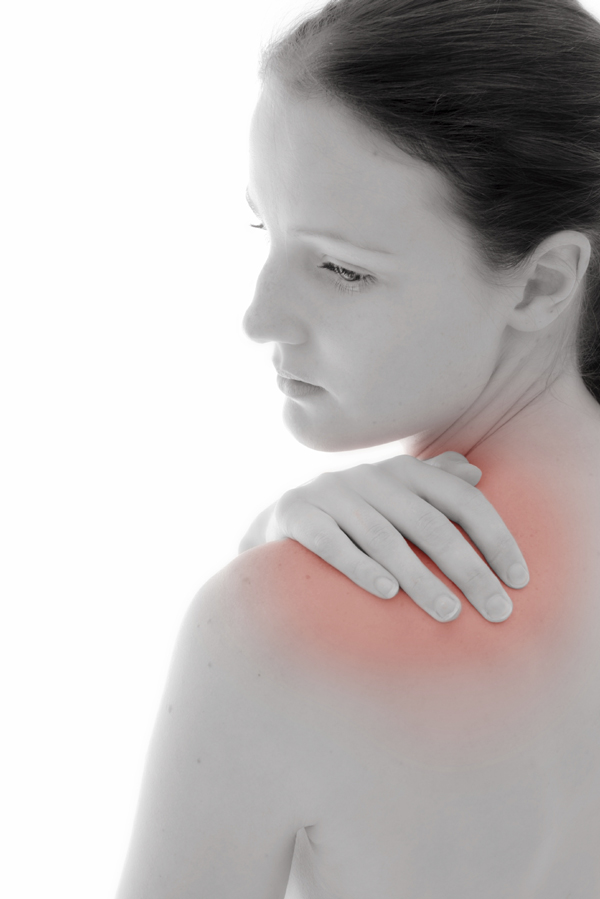Shoulder pain remains one of the most common reasons patients seek out the care of both their primary care physician and Physical Therapist. The most common cause of shoulder pain remains subacromial impingement or the compression of soft tissues including the rotator cuff tendons within the shoulder joint. Physical Therapy including joint manipulation and mobilization, as well as, upper body strengthening exercises remains the gold standard treatment for this condition. Recently, injections of platelet-rich plasma or PRP have been proposed as an intervention to accelerate the healing and recovery from many orthopedic injuries. To date, PRP has not been shown to be an effective treatment for these injuries and a new research article compared its’ effects to exercise for the treatment of impingement.
Nejati and colleagues completed a randomized controlled trial of Physical Therapy exercises to PRP injections in the Orthopedic Journal of Sports Medicine (2017). The authors randomized 62 patients with subacromial impingement to either two injections of PRP (at onset and 1 month post) or a Physical Therapy program supervised in the hospital once a week for 12 weeks complemented by a home exercise program. Patients were re assessed for pain, range of motion, and strength at 1, 3, and 6 month intervals. The authors reported both treatments improved pain, range of motion, and function in the shoulder, but superior gains were seen in the exercise group. As expected, the exercise group was the only group to shown improvements in muscle force measurements. The article concluded exercise therapy was more effective than PRP for patients with impingement.
To learn more about how Physical Therapy can help your shoulder pain contact your local Physical Therapist.

